AO Edited
Graveyard of Lost Species
A boat slowly sinking into the Essex mud flats bearing the names of the disappeared that haunt the Thames Estuary.
The local tradition of wrecking boats on the Essex salt marshes has left a fleet of broken masts and helms just moments from the picturesque seaside town Leigh on Sea. But one of these boats set within the marine graveyard is unlike the rest, it hides in plain sight, its old wood inscribed with words as epitaphs for the wildlife, people, industries, landmarks, mythologies, and local dialects lost but not yet forgotten.
In 2014, the Critical Art Ensemble led a series of inquiries with the locals of Leigh-on-Sea and Southend, many of whom are fishermen and one way or another tied to the traditions of the sea, to gather the spoken histories of the “lost species” that would come to be etched into the boat. From this research, they found a suitable boat with an apt name: The Souvenir, a hand-built 1935 Thames Bawley fishing boat, passed to the marshes by local man Ian Slater. Thus ending its working life and beginning a new one as an installation art piece, a monument for everything from the Witch Trials to shopping trolleys and chip packets dumped into the sea.
Accessed via a footpath leading into the Two Tree Island nature reserve, The Souvenir is easy to miss. When it was first placed here, its mast and its upper deck were visible, proudly reaching into the sky, and while not in working order, they made a good marker for those searching for the boat in a marsh riddled with the remains of hundreds of others like it. But now, what’s left of the mast is laid inside the boat, probably broken by the savage winds that dismantle the estuary. Likewise, much of the interior is missing, likely taken by the sea and mud that eventually take everything here in the salt marshes, where bewildering tides sweep for miles, dark sediment bubbles from the surface, and where eel grass and sea aster burst from watery inlets.
A hike from Leigh station winds to a small walking path brings you to the side of the boat, the other side is usually inaccessible due to the mud that sucks in feet as the tide builds beneath. At high tide, the boat is surrounded by glassy pools of water. It’s a spot for lengthy contemplation, and if the deep footprints perfectly captured in the thick mud are anything to go by, popular with local birds and dogs.
Spend a few minutes here and you’ll note the mud constantly bubbles beneath the boat, creating a bizarre bubbly soundtrack like a modular synth left beneath the surface, a reminder that the estuary is slowly enveloping all that lingers here. Echoes of the local wildlife: redshanks, terns, and brent goose calls ring like sharp hits of percussion and the distant engines of the giant ships out at sea create a low deep fuzz.
The exterior rails of The Souvenir are etched with epitaphs for things that haunt the Thames Estuary, it once flowed like the poetry that it was intended to be, rail to rail of beautiful words eulogizing the lost and missing. But after eight years of constant tide and mud, the sentences or broken in halves and quarters. Some of the planks are fallen and lost, others used as bridges to further trespass into the dangerous mud flats, where it’s not uncommon to see shoes and walking sticks taken and not returned.
A line on the The Souvenir reads: “The estuary is indifferent to us, and to all that is done within its limits.”
The interiors, the hull, and the upper deck of The Souvenir were etched with extinct and missing things and people, as dictated by the locals of Leigh: Longshoremen, the Moss Shop, and Richard Parker. Today those boards are broken and mislaid, some strewn across the boat interiors, others in small pieces, claimed by the estuary, awaiting an epitaph of their own.
Visiting today, years after The Souvenir was left in the salt flat as a temporary art project, time and tide have never been more apparent. The words are jumbled and misplaced, the boat splintered and immovable. The Souvenir has faded into almost an unrecognizable shell, but it remains a reminder of the poetry of loss, the importance of stories in the local dialects of the world, and the insurmountable truth that memory lasts only as long as the mind that holds it.
As time passes, The Souvenir will be forgotten, but for now, it remains just within reach.
Know Before You Go
The mud flats can be dangerous, especially when the tide is in. But sticking to the trodden paths will ensure safety.
To access the Graveyard of Lost Species, leave Leigh on Sea station (directly linked to London's Limehouse via the C2C trains) and turn right. Follow the road until you reach a grassy path on the left side flanked by either water or the surprisingly green mud flats depending on the tide, and punctuated by the dead boats of the estuary boat graveyard. From here, hike towards Two Tree Island until you find the Souvenir, for about 15 minutes. You'll pass two information signs, one for the local wildlife, and the second for the art project. The boat beyond the second sign is the Souvenir.


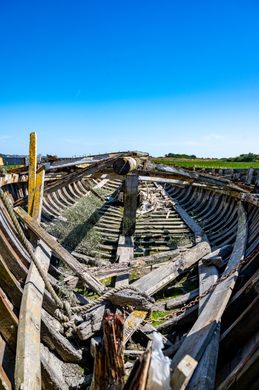
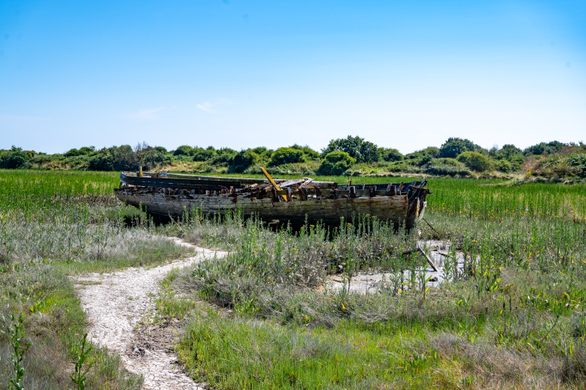
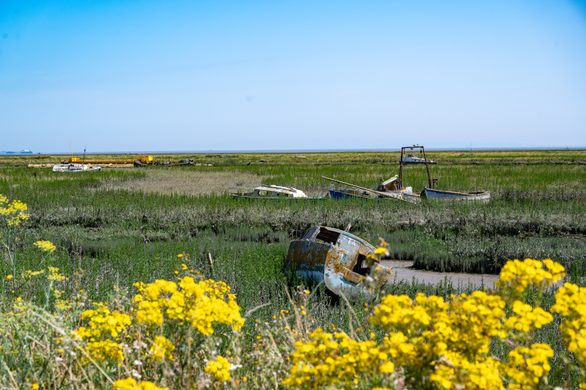
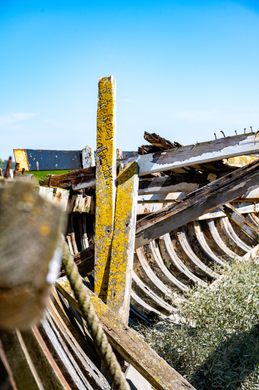
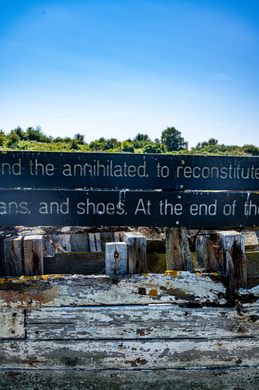



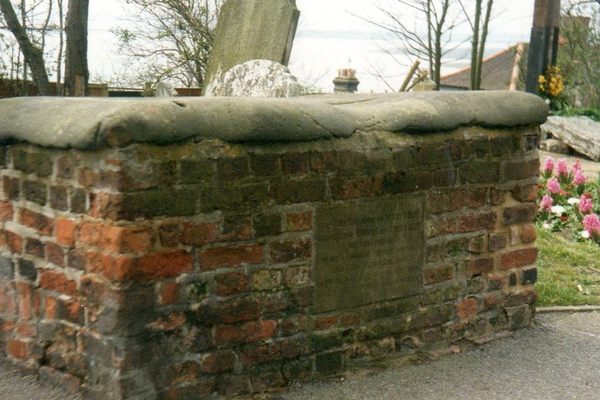

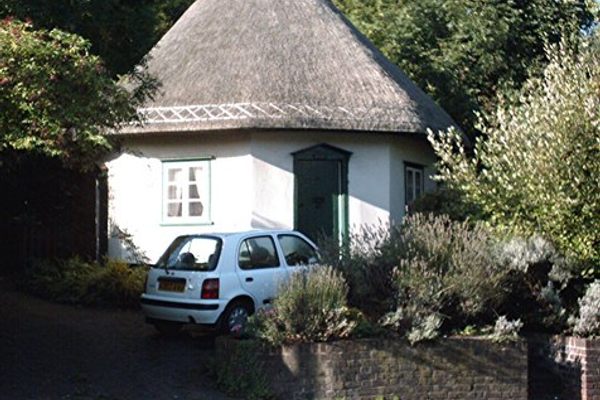

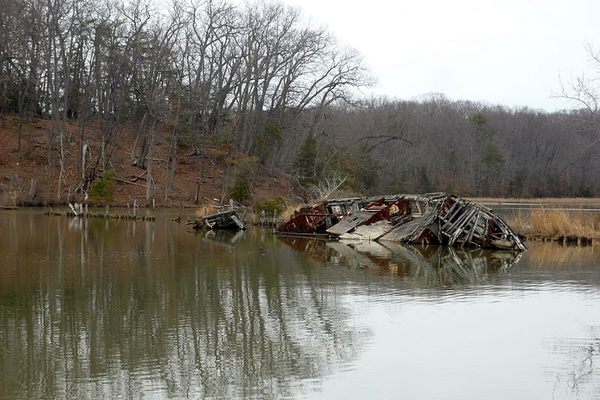




Follow us on Twitter to get the latest on the world's hidden wonders.
Like us on Facebook to get the latest on the world's hidden wonders.
Follow us on Twitter Like us on Facebook